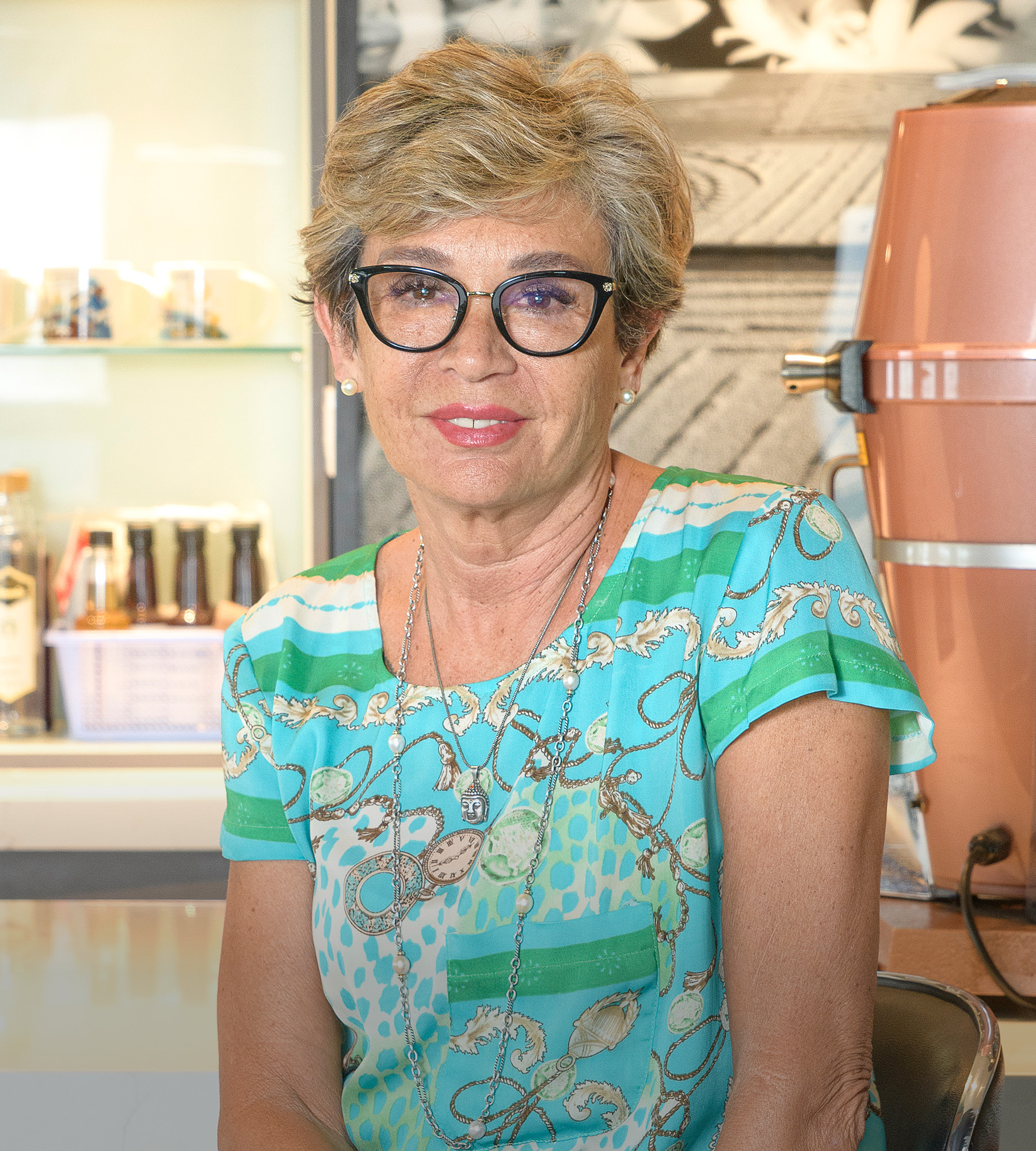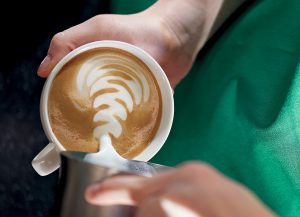Language
You can read the magazine in one of the following languages
When Starbucks Coffee opened its first store in Vietnam, customers would freeze in front of the menus. The concept of self-service coffee was foreign to the Vietnamese market. Starbucks’ beverages were unknown, too.
Making customers feel comfortable took many months of training, Starbucks Vietnam General Manager Patricia Marques tells The CEO Magazine. “Coming to the register, and not freezing in front of our menus, that was a very interesting learning journey for our partners, and for our customers.”
Starbucks, the Seattle-based coffee leader, entered Vietnam in 2013. Marques has overseen the company’s expansion in the south-east Asian country from the start. It started with a flagship store in Ho Chi Minh City but the company expects to open its 100th outlet in 2023.
Starbucks Vietnam sells familiar favorites such as Frappuccinos, seasonal specialties and coffees from around the globe. It debuted in Vietnam with a drink created for Asian markets, christened the Asian Dolce Latte, which combines double shots of Starbucks Espresso Roast with a unique dolce sauce.
Of course, Vietnam is famous for its own coffee culture. Shops everywhere sell cups of the strong beverage brewed from bold Robusta beans, which are often mixed with condensed milk, egg or yogurt. Vietnam ranks second among the world’s top coffee exporting countries – mainly producing the Robusta variety.
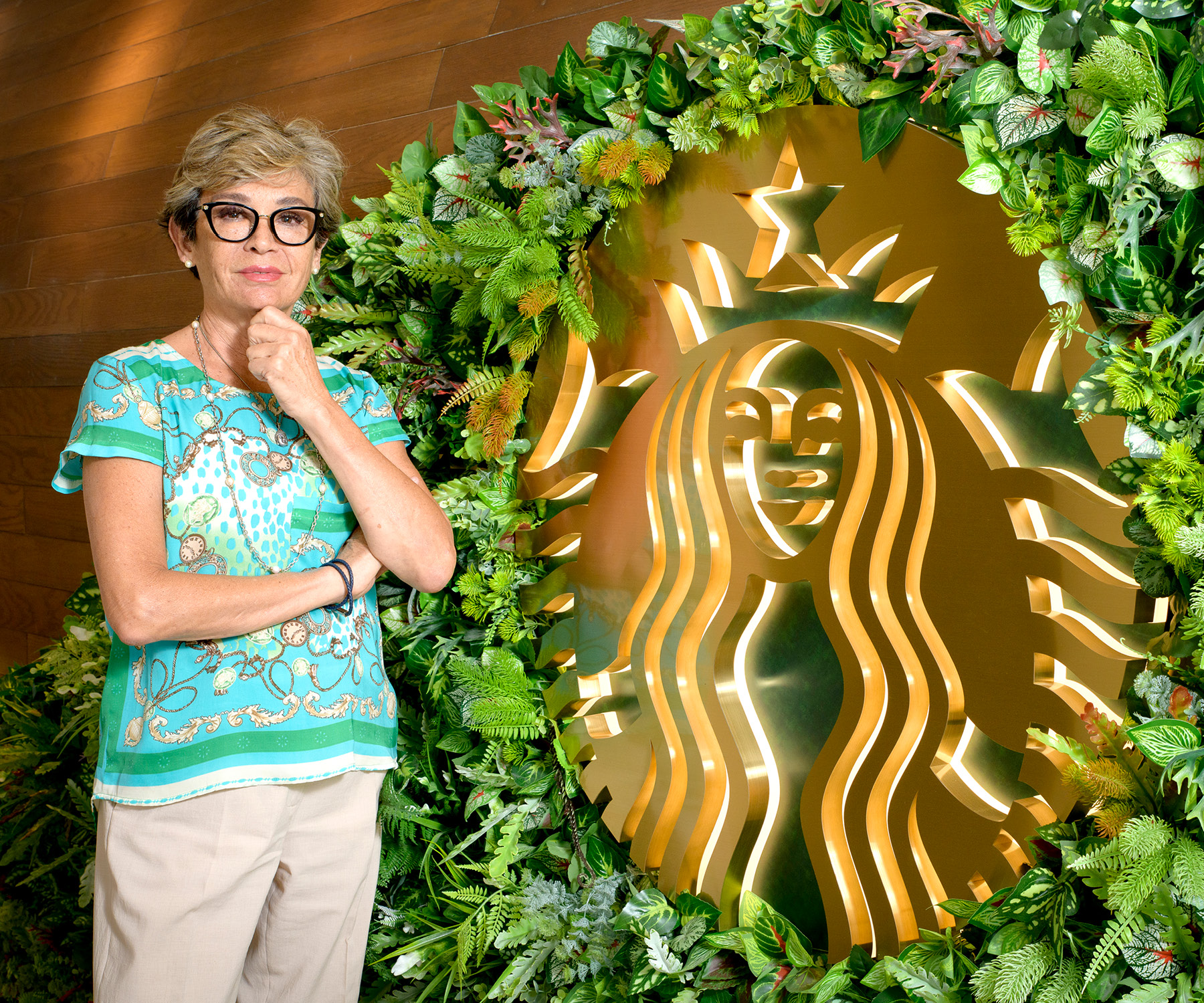
For its coffees, Starbucks chooses Arabica beans, which grow at high elevations, producing bright acidity and complex flavor notes – a sharp contrast to the Robusta brews sold ubiquitously in Vietnam.
And this difference is no oversight. Marques says people come to Starbucks for the same taste and experience as customers at its more than 30,000 stores around the world rather than seeking replications of local recipes.
The chain’s unique experience and chic stores also appeal to customers gathering with friends and holding meetings.
Sights are now set firmly on expansion, with a focus on secondary cities, along with opening stores further from city centers.
“The opportunities are vast,” Marques says. But she insists growth will be thoughtful as it unfolds across the economically vibrant country of 98 million people.
“Our interest is long-term investment for very healthy growth, which will allow us to continue to expand and go deeper into many of the cities that are becoming more and more relevant in this market,” she explains.
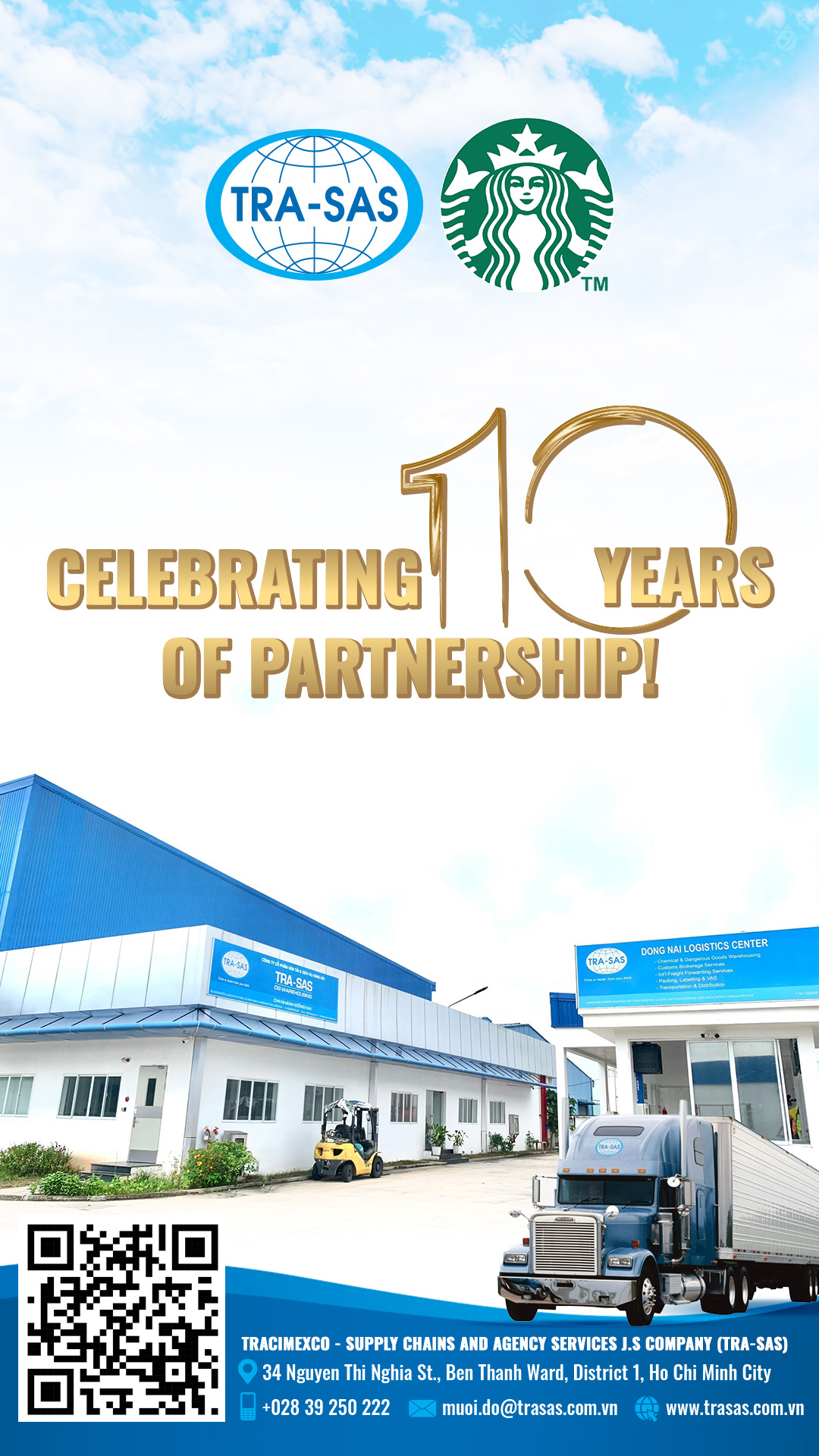
“We want to continue doing what we are doing, which is thoughtfully growing our footprint in this very interesting and young country, where the opportunities present in very interesting ways.
“We are not in competition with any other brand to have a larger number of stores, or to beat anybody. Quite the contrary, I would say.”
And as Starbucks has expanded in Vietnam, Marques has prioritized its partners – as well as its staff. She is quick to credit them with the company’s success.
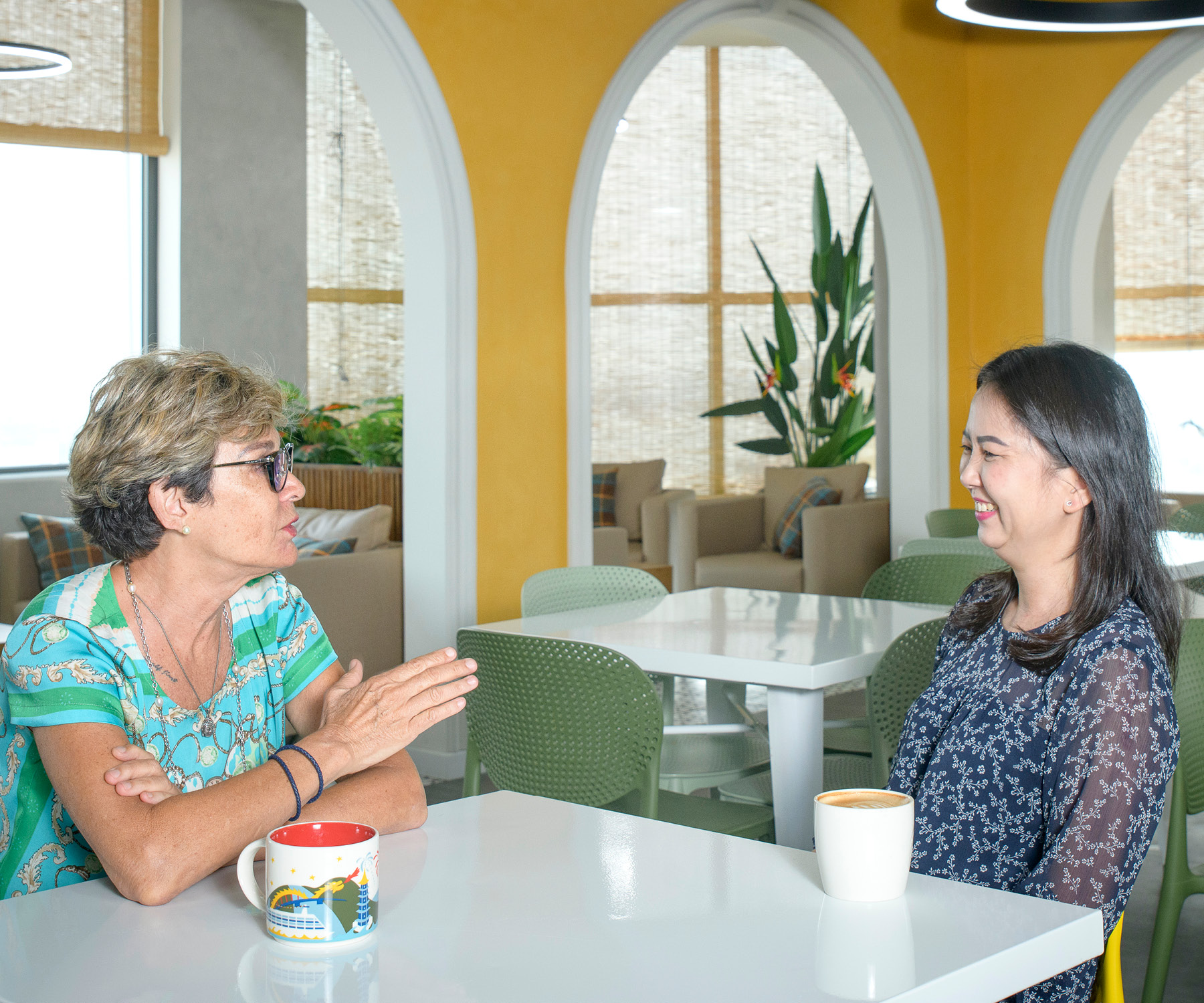
“People are our main focus. You cannot open stores without the right partners, properly trained, to take on the big responsibility that is running a store. Definitely the biggest focus in 2023 is to hire, train, prepare, promote and put partners in the right location for success,” she says.
This is also reflected in her leadership style, with Marques committed to empowering all members of her team to achieve their full potential.
“I’m very conscious about the job that each of us has to do, and if anything, I’m a reminder to them of the importance of their roles in the organization.”
While its partners set Starbucks apart, its coffee made it famous. The iconic white and green Siren logo also ranks among the world’s most recognized brands.
“There is no other coffee retailer that offers the same amount of variety in coffees to their customers,” Marques says.
“There is also always a lot of excitement from our customers and partners around the arrival of any of our limited time offerings,” she adds, pointing to Year of the Cat merchandise inspired by Vietnam’s Lunar New Year.
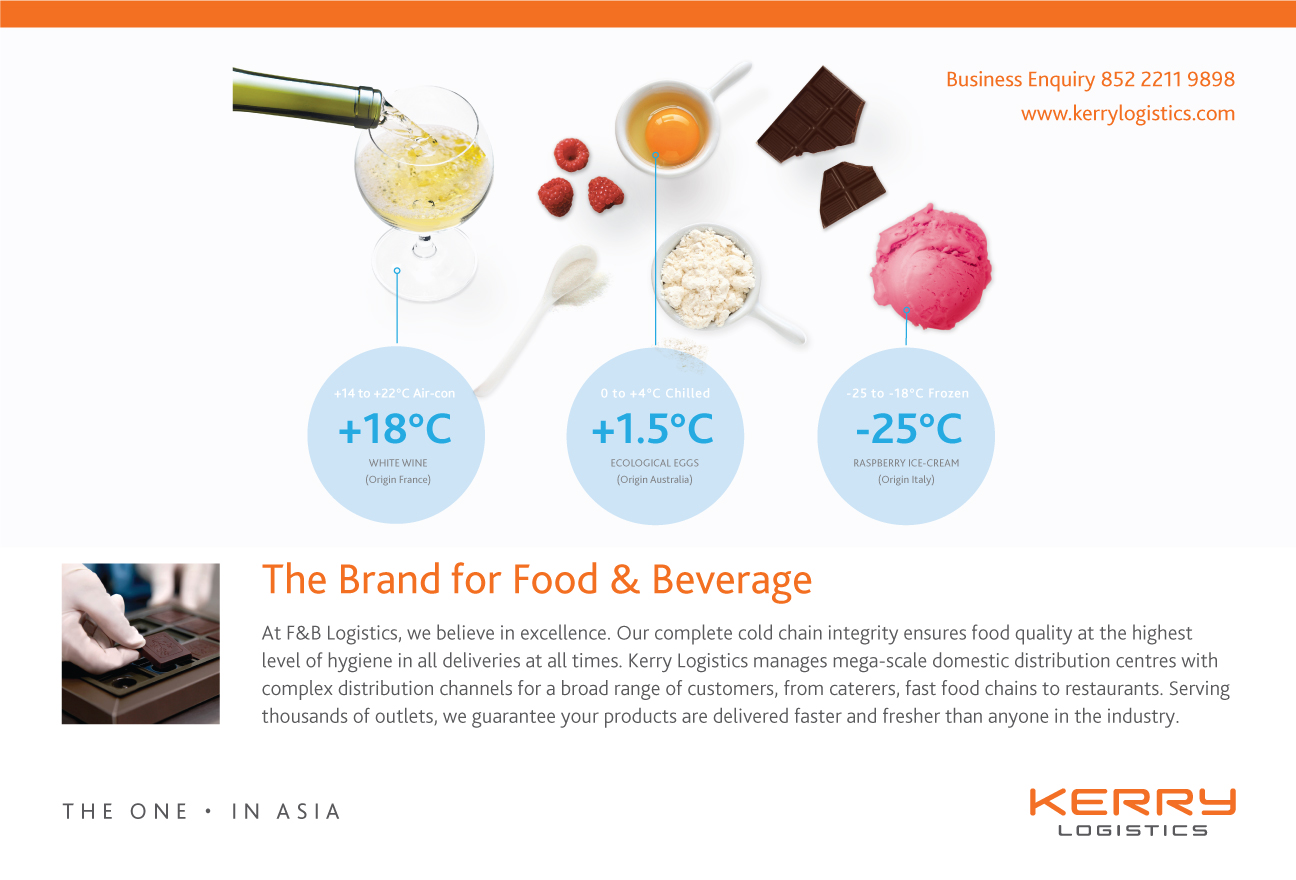
Starbucks CEO and Board Member Howard Schultz described early Starbucks stores as a “third place” between home and work. Starbucks Vietnam incorporates the concept into its store designs.
“Every store is different, though the experience is the same,” Marques says.
“I think we are very unique with regards to this, because our store design is so creative. While you can always recognize a Starbucks store, you never know how it’s going to look until you open the door.”
Founded in 1971 in Seattle, Starbucks has revolutionized the coffee market – with its cups of coffee becoming status symbols. Shultz bought the company in 1987 and set it on the path of international expansion almost immediately, starting with stores in nearby Vancouver.
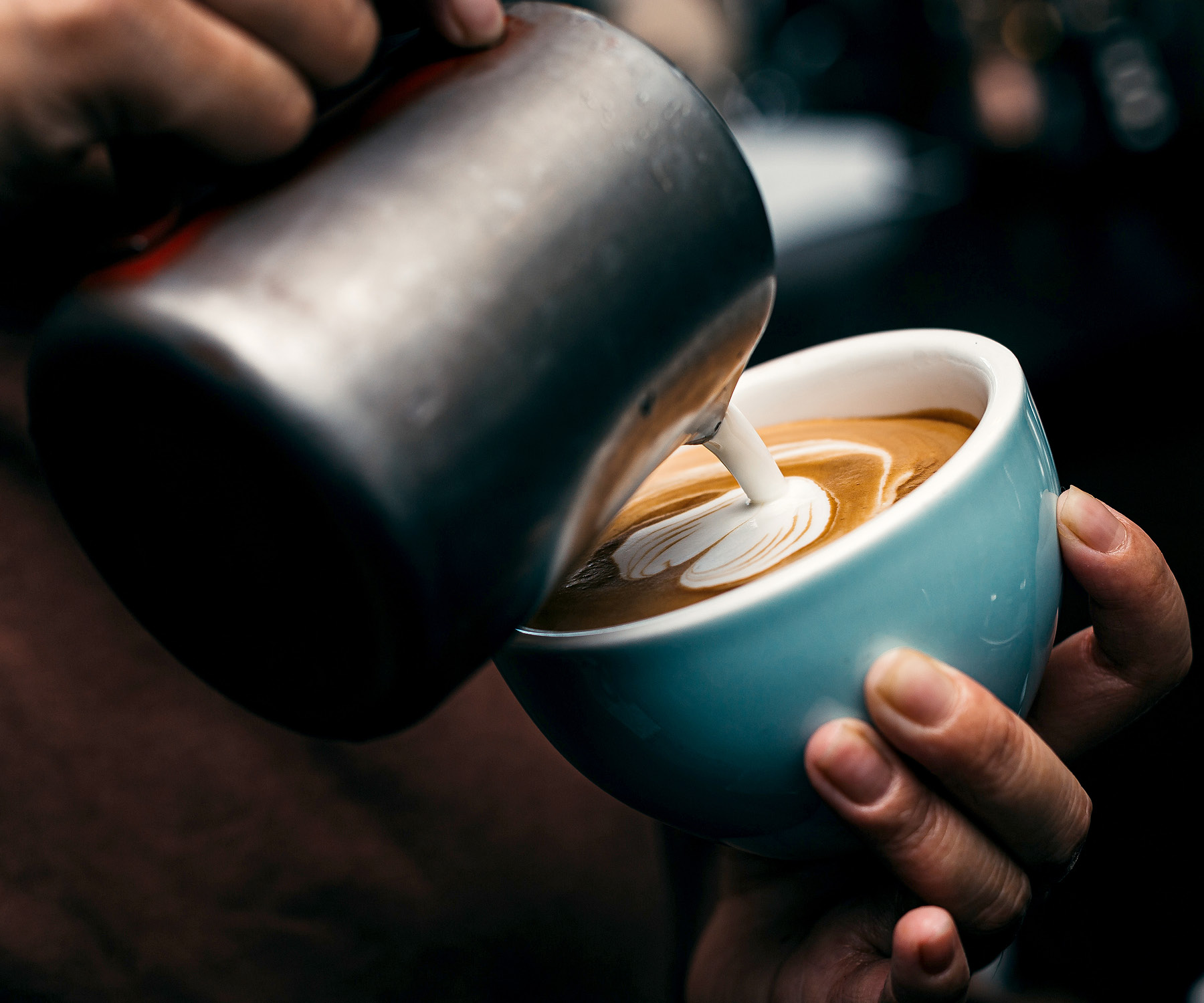
Starbucks was chic, but also an innovator, developing wildly popular beverages such as the Frappuccino and Caramel Macchiato, along with seasonal offerings such as the Pumpkin Spice Latte. Its innovation extends to technology with the Starbucks app now allowing customers to order in advance and pay in-store.
Marques attributes the appeal of Starbucks Vietnam to innovation.
“Innovation allows us to introduce newness to our customers and to our partners,” she says, pointing to the Starbucks app as an example.
“We have amplified the presence of Starbucks in so many platforms and resonate wherever you are. Wherever you want a cup of coffee, you know can have it.”
A native of Lima, Peru, Marques first worked for Starbucks as a barista in California. She then joined its international division, opening markets across Asia, Europe and Latin America.
She left for a stint opening international markets for the department store Saks Fifth Avenue and relocated to Vietnam in the early 2010s with another company.
“I truly fell in love with the country,” she says.
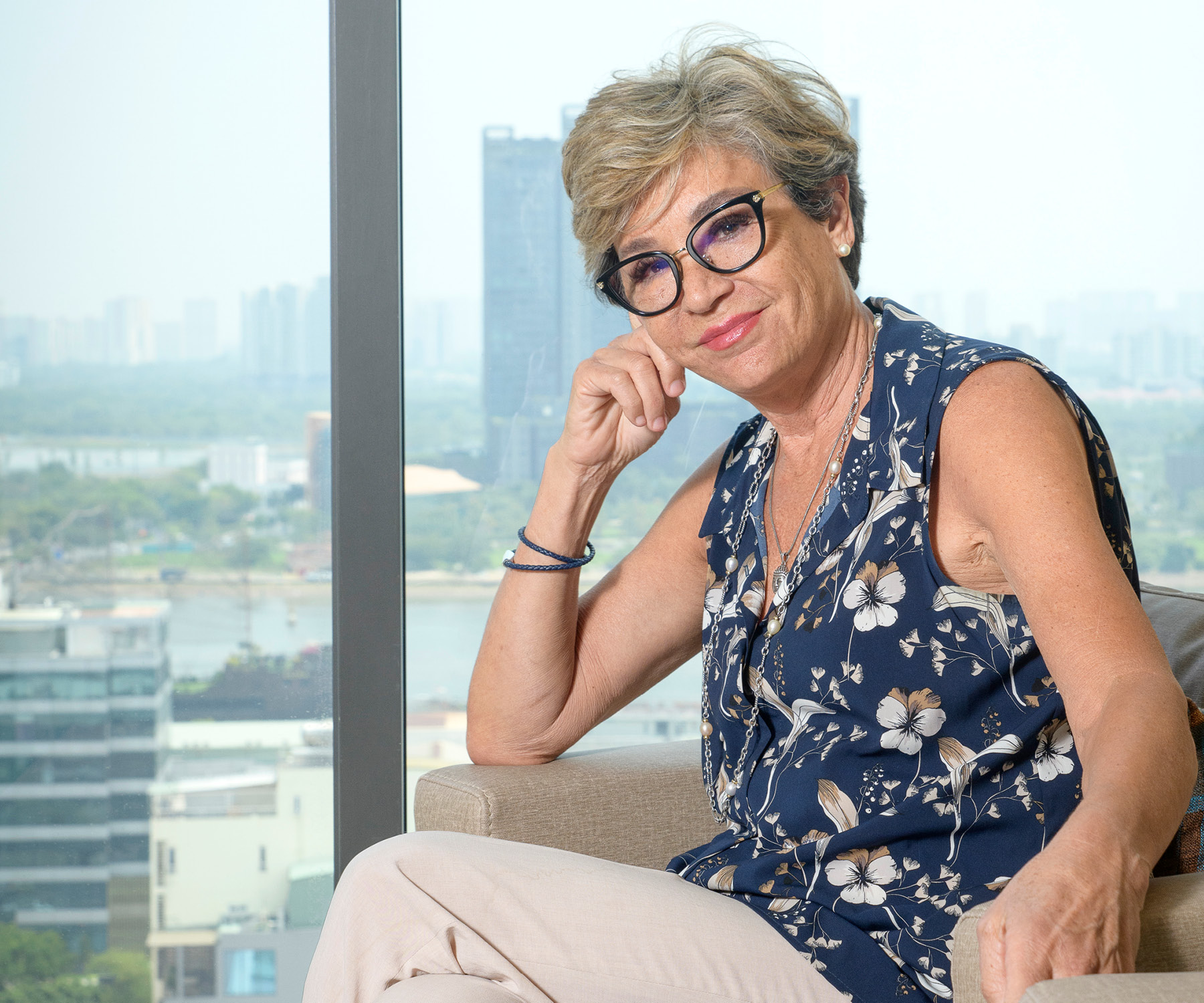
Marques jumped at the opportunity to rejoin Starbucks, though it meant leaving Vietnam – or so she thought. “It was a nice surprise to rejoin that company, a brand that I’ve always loved and admire,” she says. “Little did I know I was going to be offered the possibility of not only returning to Vietnam, but also coming back and putting together this organization.”
Patience has proved invaluable as Starbucks found its footing in Vietnam, and customers are becoming accustomed to its format. Partners also have had to adjust to working in a retail outlet that opens early and closes late.
Landlords proved a surprising early challenge as they only offered short-term leases. “We coached the landlords, and we showed them the value of having the same tenant in the building for a longer period of time,” Marques says.
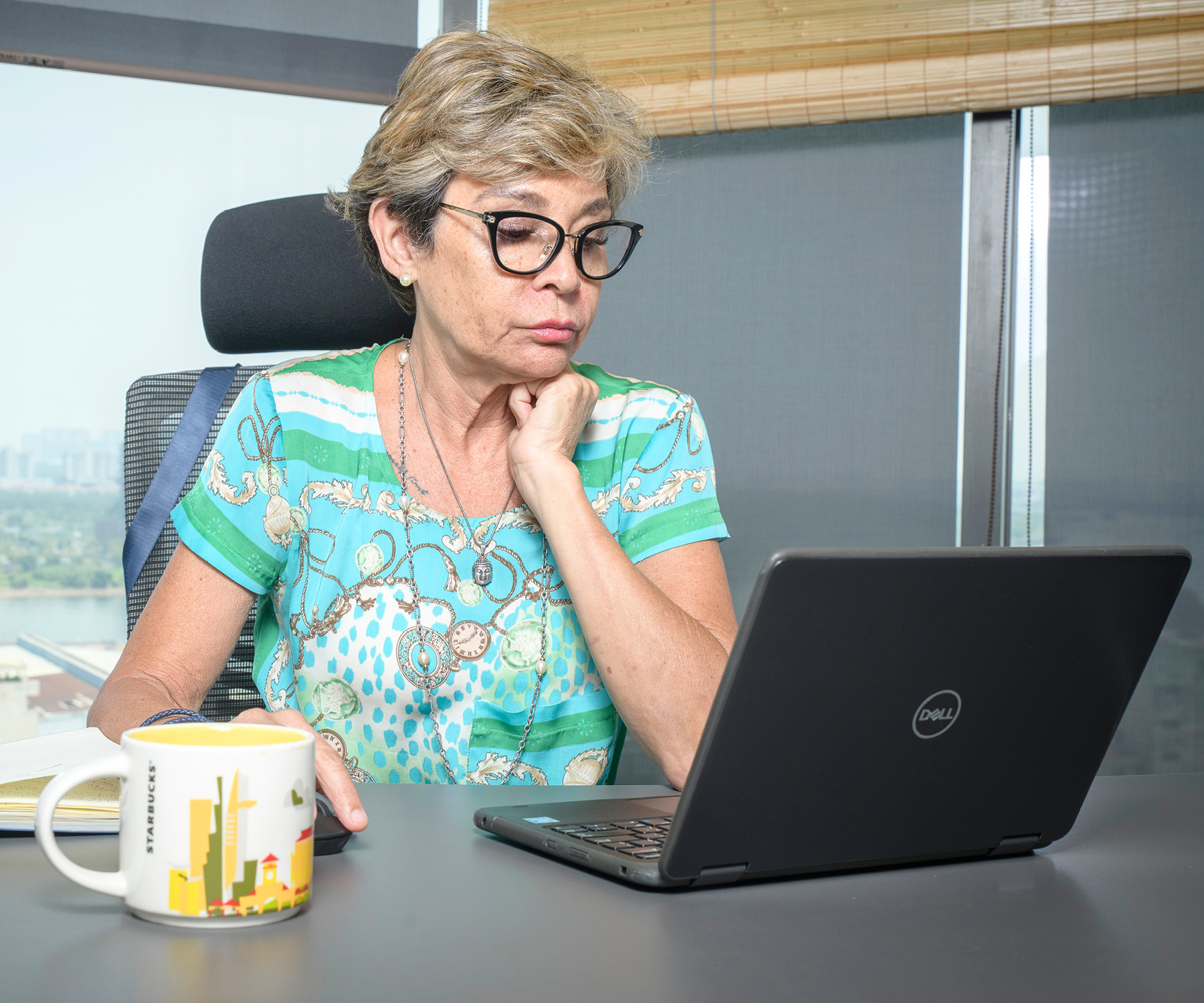
The coffee business is slowly coming around to Starbucks’ style, according to Marques, allowing for ample growth opportunities over the company’s second decade in Vietnam.
Starbucks Vietnam will continue to invest in CSR activities, too – a top priority for Marques from the start. “We wanted to make a very clear differentiator in the market,” she explains.
“We didn’t want any donations. We wanted for the teams to participate, and if anything, donate their time, their day off, their Saturday morning, towards doing something that helps our community.”
She says proudly of those efforts: “After 10 years, I have to say that we have accomplished so much with regards to CSR in the market.”
